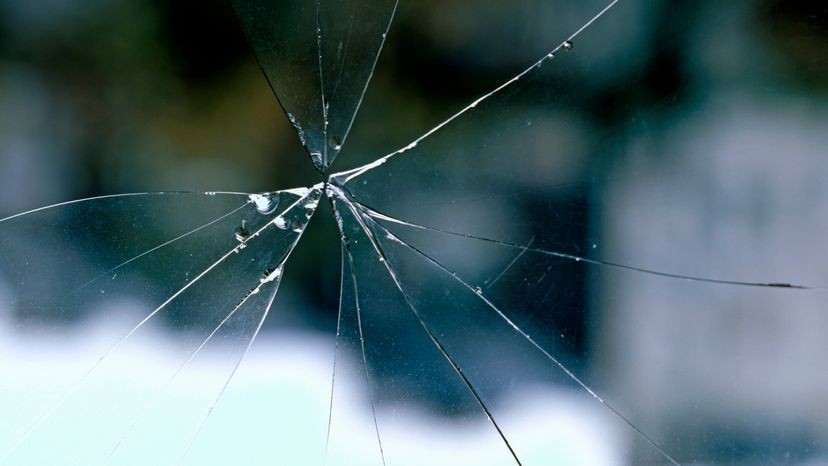Fiberglass, or Glass Reinforced Plastic (GRP), is a composite material prized for its strength and lightweight properties. This makes it a popular choice in automotive manufacturing, used in various car body parts. Despite its durability, fiberglass is not impervious to damage and can develop cracks from impacts, stress, or age. Fortunately, repairing cracks in your fiberglass car body is a manageable DIY task that can restore its integrity and appearance. This guide provides a step-by-step approach to effectively repair those unsightly cracks.
Before starting any repair work on your car’s fiberglass, safety should be your top priority. Fiberglass particles can be harmful if inhaled or if they come into contact with skin.
Safety First
- Wear a Face Mask: Always use a respirator or a face mask rated for particle filtration to avoid inhaling fiberglass dust and particles during sanding and repair processes.
- Protect Your Hands: Wear gloves to prevent skin irritation and cuts from fiberglass strands.
Tools and Materials You’ll Need
Having the right tools and materials will make the repair process smoother and more efficient. Gather these items before you begin:
- Rotary Tool or Drill: Needed to widen hairline cracks and drill stop holes.
- Rotary Blade or Grinding Bit: For widening fine cracks to allow epoxy penetration.
- Drill Bits: For creating small stop holes at the crack ends.
- Fiberglass Epoxy Resin: The primary material for filling and bonding the crack.
- Plastic Applicator or Mixing Sticks: For mixing and applying the epoxy resin.
- Dry Rags: For cleaning the repair area and ensuring dryness.
- Sandpaper (various grits): For smoothing the repaired area. Start with coarser grits and move to finer ones for a smooth finish.
- Colored Gel-Coat Enamel (Optional): To match the car’s color for a less noticeable repair. Available at auto body shops.
- Safety Glasses: To protect your eyes from debris and dust.
Step-by-Step Guide to Repairing Fiberglass Cracks
Follow these steps to effectively repair cracks in your fiberglass car body:
-
Drill Stop Holes: At each end of the crack, drill a small hole. This crucial step prevents the crack from spreading further due to stress and vibration.
 A crack in a fiberglass window.
A crack in a fiberglass window. -
Widen the Crack: If the crack is very thin (hairline), use a rotary tool with a grinding bit or a hand-held rotary blade to carefully widen it slightly. This widening is essential to allow the epoxy resin to penetrate and properly fill the crack for a strong bond.
-
Clean the Area: Thoroughly clean the crack and the surrounding area with a dry rag. Ensure the area is completely free of dust, dirt, and moisture. A clean and dry surface is vital for the epoxy resin to adhere correctly and create a durable repair.
-
Apply Epoxy Resin: Mix the fiberglass epoxy resin according to the manufacturer’s instructions. Using a plastic applicator, carefully fill the crack with the epoxy resin. Make sure to completely fill the crack, ensuring there are no air pockets. Apply a fair amount to slightly overfill the crack, as it may shrink slightly as it dries.
-
Drying and Sanding: Allow the epoxy resin to dry completely, ideally for a full day, to ensure it hardens properly. Once dried, use sandpaper to smooth the repaired area. Start with a coarser grit sandpaper to remove excess epoxy and level the surface, then gradually move to finer grits to achieve a smooth, even finish that blends with the surrounding fiberglass.
-
Optional Gel-Coat Application: For a more aesthetically pleasing and less noticeable repair, especially if the crack is in a visible area, consider applying a colored gel-coat enamel. You can often obtain a small quantity of color-matched gel-coat from an auto body shop. Apply it over the sanded epoxy, let it dry, and then lightly buff for a seamless finish.
Conclusion
Repairing cracks in your fiberglass car body is a straightforward process that can be accomplished at home with the right materials and techniques. By following these steps and prioritizing safety, you can effectively restore the structural integrity and appearance of your car’s fiberglass components, preventing further damage and maintaining your vehicle’s condition. Regular inspection of your car’s fiberglass body parts can help identify and address cracks early, ensuring long-lasting repairs and preserving the value of your vehicle.
